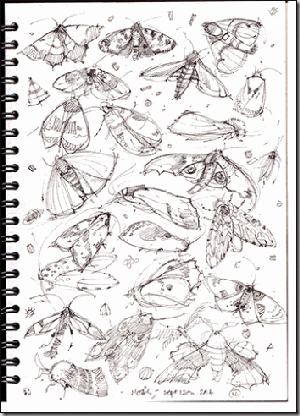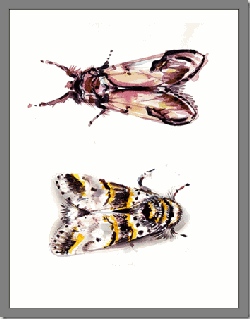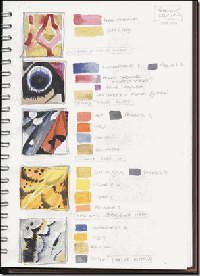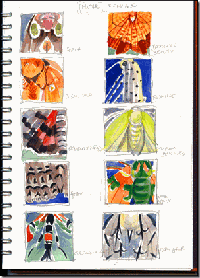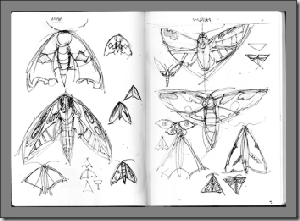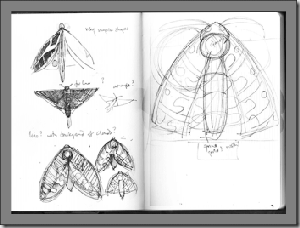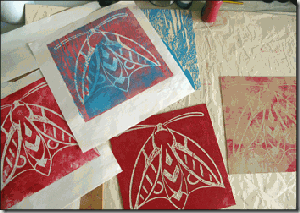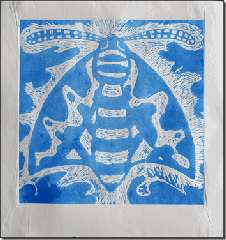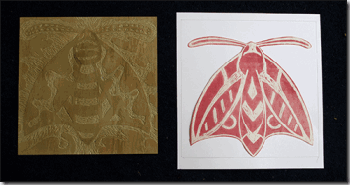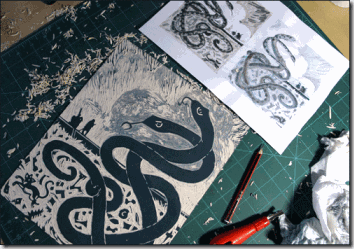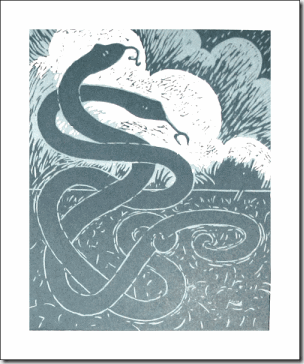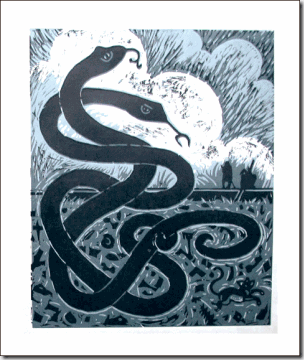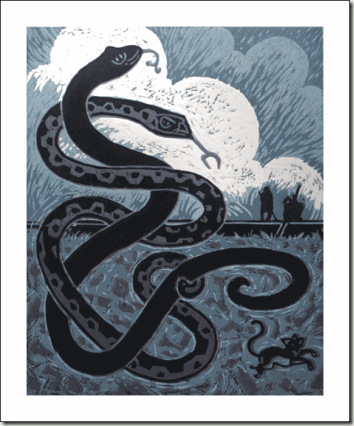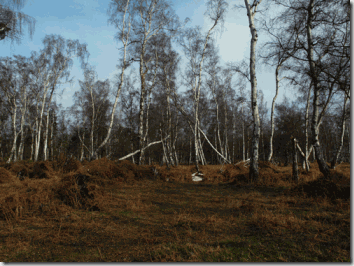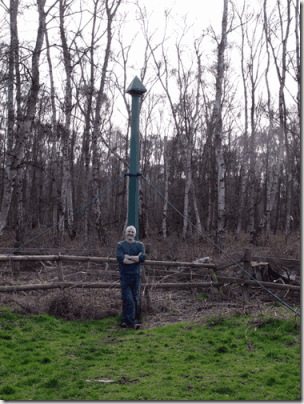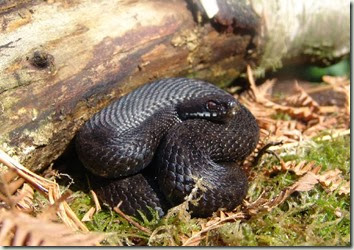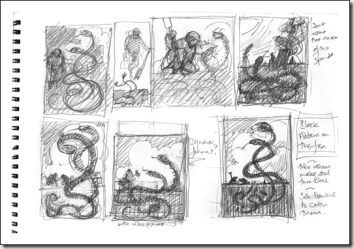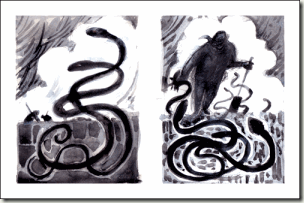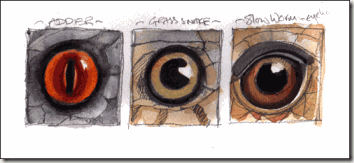The last few weeks have been extra, extra busy.. with another excellent sun drenched trip to Amsterdam, our last Easton meeting for this year and the consequences of my decision return to study. Study ?…Yes! I need more.
Learning stuff is, without doubt, my drug of choice. It can be almost anything and I am never happier than when deeply immersed in reading, research and visual experimentation.
Over the last few years I have been on just a maintenance dose, a bit of a drip feed of new ideas and practice. But earlier in the summer I decided to give in and go for the full shot.
So I am studying for an M.A. in Book Arts and Illustration at Anglia Ruskin University, just for the sheer delightful delight of doing it.
My art practice is going to get a good shake out and possibly a good kicking. Just two weeks in now and the brain is beginning to crank into life again. “Go brain!”…. I will post something of my progress as things develop.
_________________________________________________________
Moths and the blogging dilemma
Printmaking will play a central role in my study and the printmaking experiments are continuing, so with the set of Fenland images in mind I’ve been posting intermittently about some experimental Moth prints over on Beautiful Beasts.
To blog or not to blog? Blogging about things often presents me with a dilemma. Recently I have been experimenting and reading, so the images, such as they are, are not that special and I am often reluctant to post experiments lest the casual viewer, who has not read the text, thinks that:- a:They are finished images (unlikely) or, b: That I love the images and am super proud of them.(even less likely)
At the moment it’s not so much the images as the experiments that I’m interested in. Some images are just marks on paper or cut shapes which don’t make for good blogging, but to get back into sharing my thoughts which I have to do over the next two years and to also plug the yawning gap in the blog, here are a few stages of the moth trials…..
Although not part of the M.A. directly, I have been looking at Fenland moths in connection with Willow trees and started off with a few sketches of general moth shapes..an amazing variety I find! These are locally recorded moths so encompass the Great Fen area as well as our small hilly plateau.
Many Moths …pencil on A4 sketchbook. and a couple of colour note sketches….
Some pattern sketches
And more drawing development:
And a couple of plates, cut and proofed once:
Plate One and proofs.
Plate Two
Plate Two proof
I cut a mask for the first plate, but unfortunately I can’t remember why…I guess it will come back to me or something else will suggest itself along the way.
The intention is to combine the plates with other images or just with each other and see what happens. “Play”, “Serendipity” and “Chaos” are going to be my constant companions over the next couple of years… :)…It’s the endless possibilities that are so thrilling.. More exciting moth images to come.

